In this article, we will explore the fascinating world of abstract photography and discuss the techniques, advantages, and key takeaways of this captivating art form.
The Beauty of Fragmentation
Abstract photography embraces the concept of fragmentation, transforming ordinary scenes into extraordinary compositions. By isolating certain elements, photographers can enhance their visual impact and create a sense of mystery and intrigue. Breaking down subjects into their fundamental elements allows photographers to highlight patterns, textures, and shapes that are often overlooked in traditional photography.
- Shapes: Abstract photography focuses on capturing the geometric shapes present in a scene. These can range from simple circles and squares to complex polygons and irregular forms. By highlighting these shapes, photographers can evoke emotions and engage viewers with their unique visual language.
- Colors: Abstract photography allows photographers to experiment with vivid and harmonious color palettes. By exploring the relationship between various hues and tones, photographers can create captivating images that evoke different moods and stimulate emotions.
- Textures: Abstract photographers often emphasize the textures present in their subjects. Whether it’s the roughness of a peeling wall or the smoothness of a shiny surface, textures add depth and tactile appeal to abstract images, inviting viewers to explore the photograph with their senses.
Techniques for Creating Abstract Photography
Creating abstract photography requires a blend of technical skills and artistic vision. Here are some techniques that photographers use to capture abstract images:
- Macro Photography: Using a macro lens or extension tubes, photographers can capture the intricate details of small subjects like flowers, insects, or everyday objects. This technique allows them to emphasize textures, patterns, and shapes, revealing a hidden world of beauty.
- Motion Blur: By intentionally moving the camera during the exposure, photographers can create dynamic and abstract images. This technique is often used to capture the energy and fluidity of subjects like flowing water, city traffic, or dancing performers.
- Multiple Exposures: Combining multiple exposures in-camera or during post-processing enables photographers to merge elements and create surreal and abstract compositions. This technique is particularly effective when photographing moving subjects or creating double exposures.
Advantages of Abstract Photography
Abstract photography offers several advantages over traditional photography, making it a popular choice among photographers looking to express their creativity. Here are some key advantages:
- Unlimited Interpretation: Abstract images allow viewers to interpret the photograph in their own way, stimulating their imagination and offering a more personal connection. The ambiguous nature of abstraction invites exploration and invites viewers to discover new meanings each time they engage with the image.
- Freedom from Reality: Abstract photography sets the artist free from the constraints of reality, enabling them to create their own visual narrative. With no rules to follow, photographers can experiment with various techniques, colors, and compositions, pushing their artistic boundaries and challenging traditional norms.
- Emotional Impact: Abstract images often evoke strong emotions by relying on colors, textures, and compositions to tell a story. They have the power to move viewers, leaving a lasting impression that can stir feelings or provoke thoughts.
Taking the Essence Away: Key Takeaways
Abstract photography allows photographers to reveal the hidden beauty within fragmentation by breaking away from traditional composition techniques and focusing on shapes, colors, and textures. Here are the key takeaways from this article:
- Abstract photography embraces the concept of fragmentation to create visually stunning images that reveal the essence of the subject.
- Shapes, colors, and textures play a crucial role in abstract photography, allowing photographers to evoke emotions and engage viewers.
- Techniques such as macro photography, motion blur, and multiple exposures are commonly used to capture abstract images.
- Advantages of abstract photography include unlimited interpretation, freedom from reality, and the ability to evoke strong emotions.
Abstract photography is a captivating art form that challenges the boundaries of traditional photography. By diving into the realm of fragmentation, photographers can create images that captivate viewers, evoke emotions, and reveal the often-overlooked beauty in the world around us. So, grab your camera, explore your creativity, and let your imagination run wild as you embark on a journey of abstract photography.





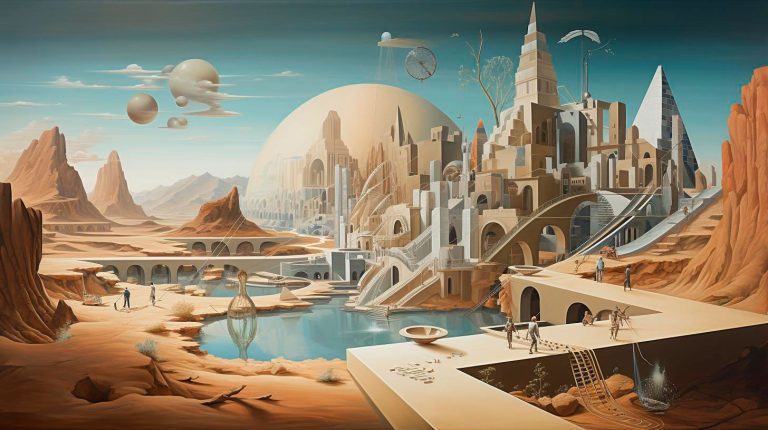
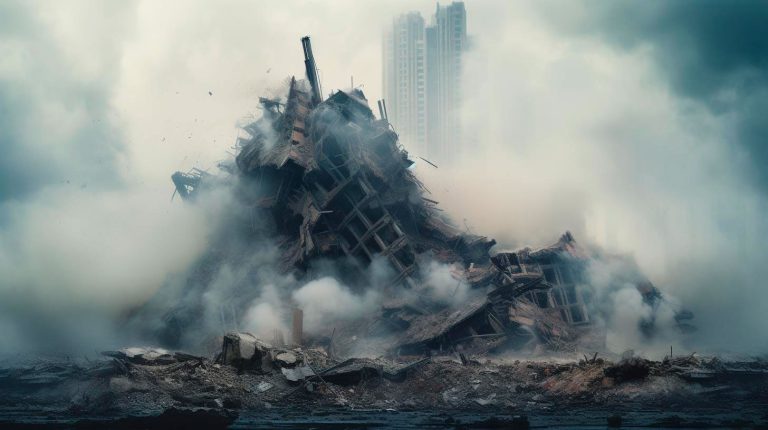
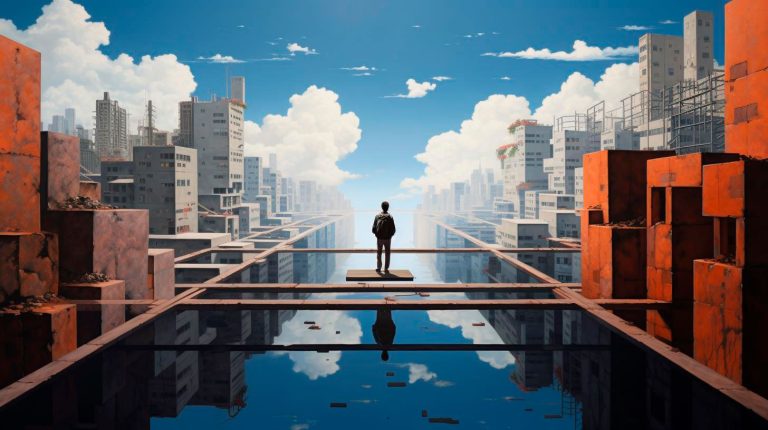
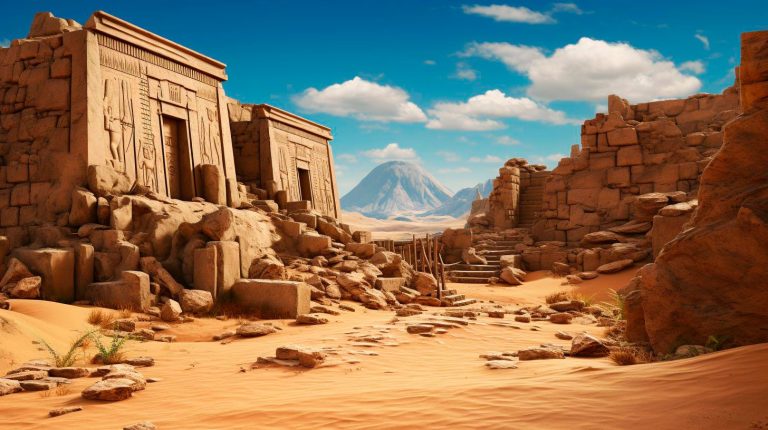
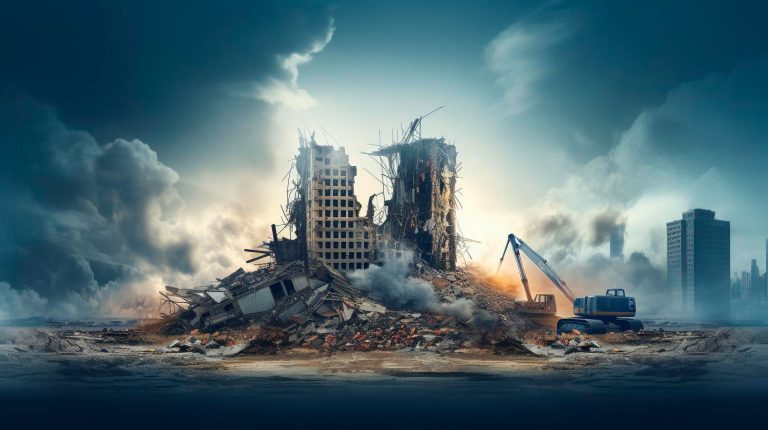








+ There are no comments
Add yours